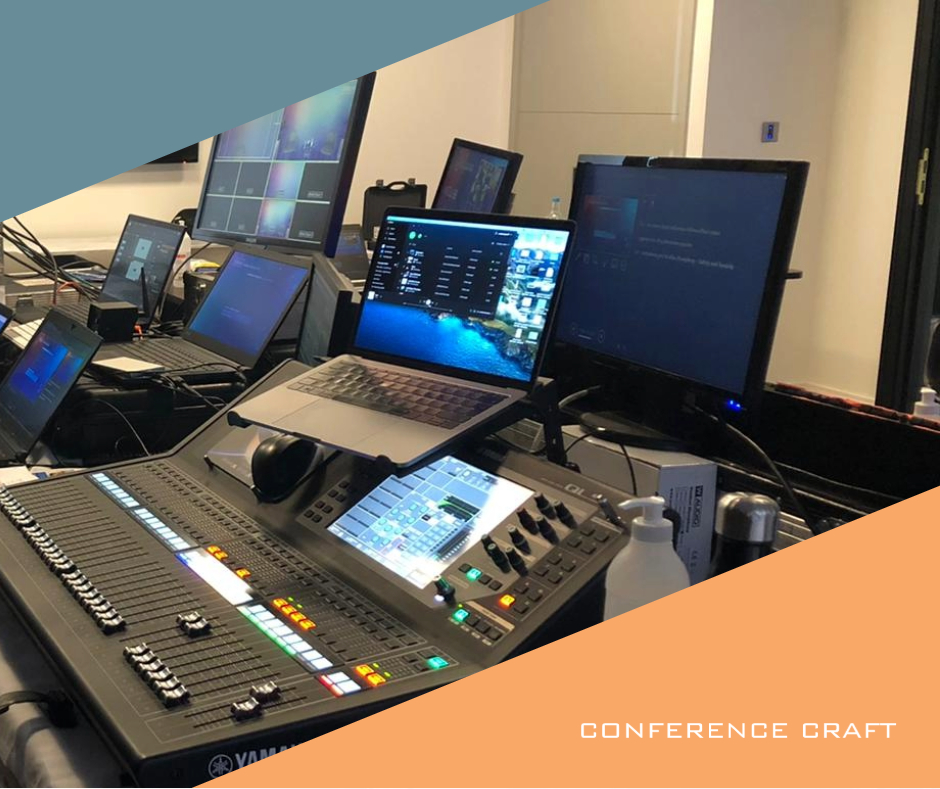
Tech Meets Tradition: Embracing Innovation in Events
In an era where technology continues to redefine the landscape of events, virtual conferences have become more than just a trend – they are now a necessity. Planning a successful virtual conference requires a unique set of skills and considerations compared to traditional in-person events. In this guide, we’ll walk you through the key steps and strategies to ensure your virtual conference is not only successful but also leaves a lasting impact on participants.
1. Define Your Objectives
Before diving into the logistics, clearly define the objectives of your virtual conference. Whether it’s knowledge sharing, networking or product launches, a clear understanding of your goals will guide the entire planning process.
2. Select the Right Virtual Platform
Choosing the right virtual conference platform is crucial. Evaluate your options based on features such as attendee interaction, ease of use, security and scalability. Make sure the platform aligns with your conference goals.
3. Engaging Content is Key
Virtual conferences demand compelling and engaging content to keep attendees hooked. Plan a diverse agenda with keynote speakers, panel discussions, workshops and interactive Q&A sessions. Consider including pre-recorded sessions for seamless delivery.
4. User-Friendly Registration Process
Simplify the registration process to encourage maximum participation. Communicate the value of attending and ensure the registration platform is user-friendly, with easy access to event details.
5. Leverage Technology for Networking
Facilitate networking opportunities by integrating technology. Virtual breakout rooms, chat features and networking lounges can simulate the networking experience of an in-person conference.
6. Promote Early and Often
Generate buzz around your virtual conference by promoting it across various channels. Utilise social media, email campaigns and partnerships to reach a wider audience.
7. Ensure Technical Support
Technical glitches can be a buzzkill for virtual events. Provide clear instructions for accessing the platform, conduct tech rehearsals with speakers and have a dedicated support team to assist attendees during the conference.
8. Accessibility for All
Make your virtual conference accessible to a diverse audience. Provide closed captions, ensure compatibility with assistive technologies, and offer language options to enhance inclusivity.
9. Post-Conference Engagement
The conference doesn’t end when the virtual doors close. Plan post-conference engagement strategies, such as sharing recorded sessions, hosting webinars and creating a community platform for continued discussions.
10. Collect and Analyse Data
Gather data throughout the virtual conference to assess its success. Analyse attendee feedback, track session engagement and measure key performance indicators to understand what worked well and areas for improvement.
Planning a successful virtual conference requires a meticulous approach. By embracing technology, engaging content and planning your strategy, you can create a virtual conference experience that meets and exceeds your attendees’ expectations. Follow this guide, and your next virtual conference will be a success.
Need help with an upcoming virtual conference?
Get in touch: https://www.conferencecraft.com/brief-us/